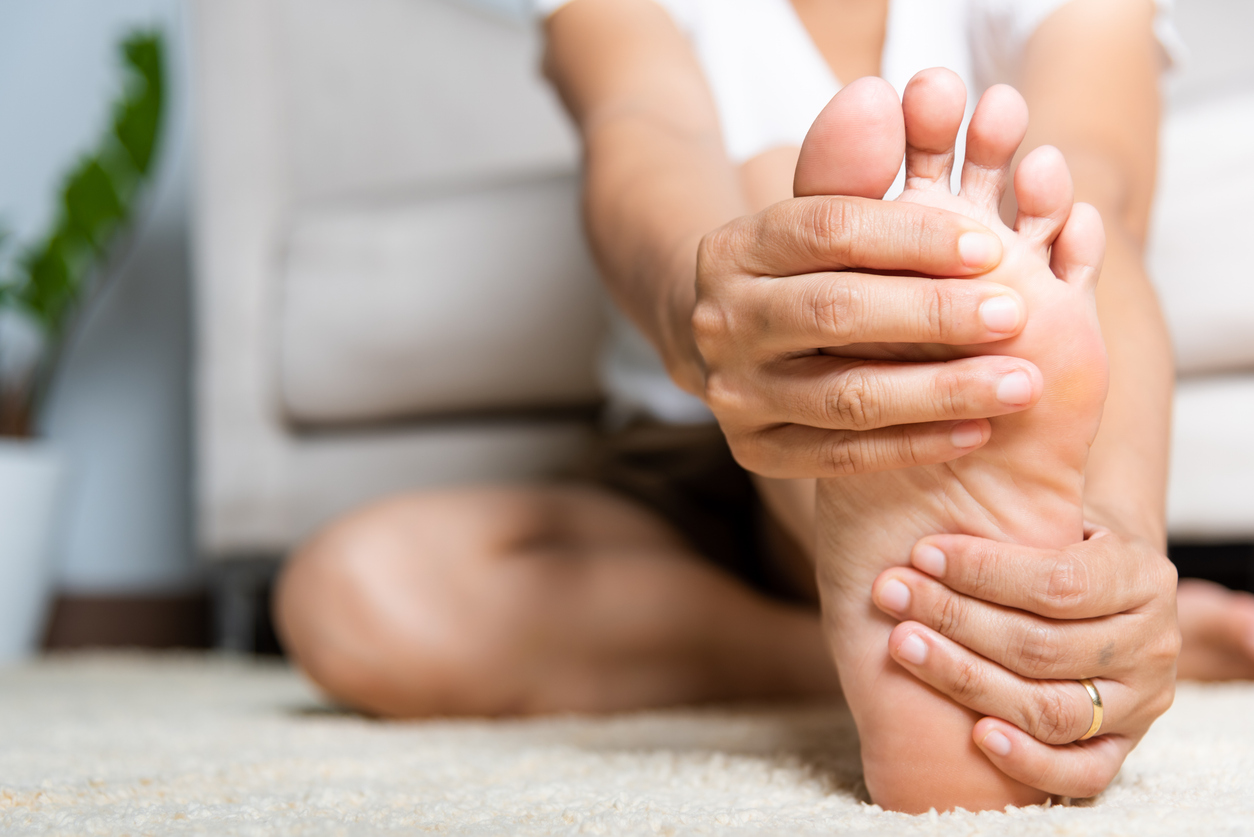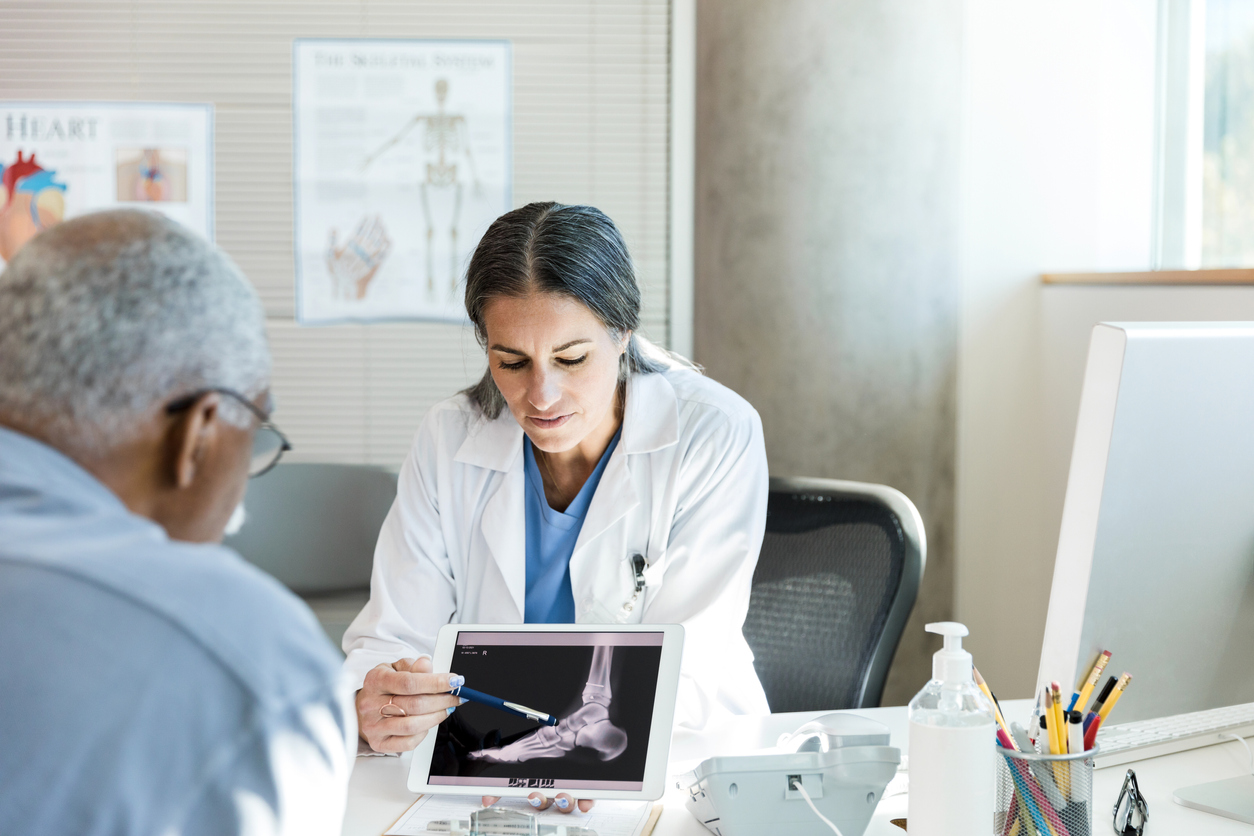
In today’s fast-paced corporate world, where long hours of work have become a common scenario, the importance of office ergonomics cannot be overstated. Health and Safety Executive organization of the UK claims that 470,000 workers in the UK had work-related musculoskeletal disorders (MSD) as of 2021. About 76,000 (16%) involve the lower limbs, 212,000 (45%) involve the upper limbs or neck, and 182,000 (39%) involve the back. Poor office ergonomics is not just a minor inconvenience; it can lead to serious musculoskeletal disorders that affect the muscles, nerves, blood vessels, ligaments, and tendons. Employees spending prolonged periods sitting in uncomfortable positions or using improperly designed office equipment are at significant risk. This article delves into the relationship between poor office ergonomics and the musculoskeletal disorders it leads to, shedding light on the critical need for ergonomic interventions in the workplace.
The Impact of Poor Ergonomics
Poor ergonomics in the office environment primarily results from inadequate furniture design, improper workstation setup, and the lack of ergonomic awareness among employees and employers alike. These deficiencies contribute to the development of various musculoskeletal disorders, which can range from temporary discomfort to chronic conditions that might require medical intervention and could potentially lead to disability. The effects include but are not limited to neck strain, lower back pain, carpal tunnel syndrome, and repetitive strain injury (RSI).
Neck Strain and Lower Back Pain
One of the most common issues stemming from poor ergonomics is neck strain and lower back pain. These conditions often arise from sitting in an unnatural or strained position for extended periods. For instance, a monitor placed too high or too low can force the neck into an awkward posture, leading to strain. Similarly, chairs that lack proper lumbar support or are not height-adjustable can cause users to slouch or overextend their back, resulting in lower back pain.
Carpal Tunnel Syndrome
Carpal Tunnel Syndrome (CTS) is another prevalent disorder associated with poor office ergonomics. It occurs when the median nerve, which runs from the forearm into the palm of the hand, becomes pressed or squeezed at the wrist. Incorrect keyboard and mouse placement, alongside prolonged periods of typing or mouse use without adequate wrist support, can increase the risk of developing CTS. Symptoms include numbness, tingling, and weakness in the hand and arm.
Repetitive Strain Injury (RSI)
Repetitive Strain Injury is a condition caused by repetitive movement and overuse of a particular body part, often affecting the tendons and muscles. In the office setting, RSI commonly results from repetitive keyboard and mouse use without proper breaks or ergonomic support. RSI can cause a range of symptoms, from mild discomfort to severe pain and dysfunction, significantly affecting an individual’s ability to perform work-related tasks.
The Role of Ergonomic Interventions
Recognizing the detrimental impact of poor office ergonomics on employee health and productivity, it is crucial to implement ergonomic interventions. Let’s briefly look into the recommendations:
- Ergonomic Assessments: Regular evaluations of workstations to ensure they meet ergonomic standards. This can involve adjusting chair height, monitor distance, and keyboard placement to suit individual needs.
- Ergonomic Equipment: Use of ergonomic chairs, keyboards, mouse devices, and monitor stands. These tools are designed to support the body’s natural posture and reduce strain.
- Frequent Breaks: Encouraging short breaks every hour to stand, stretch, or walk. This helps to reduce muscle fatigue and increase blood circulation.
- Stretching Exercises: Incorporating stretching exercises that target the back, neck, shoulders, and wrists into the daily routine. This can help to alleviate tension and prevent MSDs.
- Proper Lifting Techniques: Training employees on proper lifting techniques to avoid back injuries. This includes bending at the knees and keeping the back straight.
- Adjustable Desks: Providing desks that can be adjusted for sitting and standing. Standing desks can reduce the risk of back pain and other musculoskeletal issues associated with prolonged sitting.
- Physical Activity: Promoting a culture of physical activity, such as walking meetings or lunchtime yoga sessions, to keep the body flexible and strong.
- Eye Strain Reduction: Ensuring adequate lighting and encouraging the 20-20-20 rule (every 20 minutes, look at something 20 feet away for 20 seconds) to reduce eye strain and associated neck tension.
- Workstation Customization: Allowing employees to customize their workstation setup according to their personal comfort and ergonomic needs.
- Educational Workshops: Hosting workshops or seminars on office ergonomics, teaching employees about the importance of proper posture, ergonomic practices, and risk factors for MSDs.
- Software Tools: Utilizing software tools that remind employees to take breaks or suggest exercises to counteract the strain of repetitive tasks.
- Footrests: Providing footrests to those who may need them to ensure their feet are properly supported, especially if their chairs or desks are not at an ideal height.
- Posture Awareness: Cultivating awareness of good posture through reminders or posters. Good posture includes keeping the back straight, shoulders back, and feet flat on the floor.
- Clutter-Free Workspaces: Encouraging a clutter-free workspace to ensure employees have enough room to move and aren’t forced into awkward positions by obstructions.
- Team Sports or Activities: Organizing team sports or physical activities that encourage movement and teamwork, which can also serve as a break from the sedentary office environment.
Implementing these activities not only helps in reducing the risk of musculoskeletal disorders but also contributes to a healthier, more engaged, and productive workforce.
Conclusion
The correlation between poor office ergonomics and the development of musculoskeletal disorders is evident and alarming. The consequences of ignoring ergonomic principles in the workplace can be profound, affecting not only the well-being of employees but also the overall productivity and efficiency of organizations. By prioritizing ergonomic interventions and fostering an awareness of proper workplace ergonomics, employers can create a healthier, more comfortable, and more productive work environment for their employees. In doing so, they not only address the immediate concerns related to MSDs but also invest in the long-term health and sustainability of their workforce.



